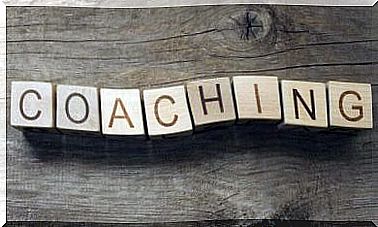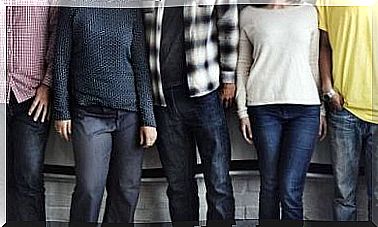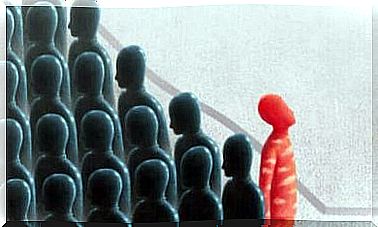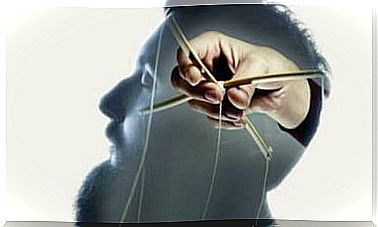Acknowledging Sadness Is Brave
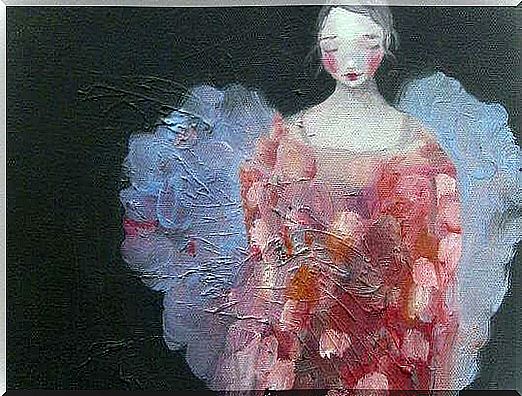
How many times have you tried to hold back or mask sadness? Ever since we were little, society has told us that we can not afford to be sad, we must be brave. We must be strong all the time, we can not fail, we do not learn anything from sadness. Society tells us that happiness is the only desirable, healthy feeling. But inner happiness, of course, nothing euphoric.
Of course, sadness is an emotion with a negative value, but… what if we turn it into an emotion that does something positive for us? Acknowledging sadness is difficult, but what if we did it and learned from it? Instead of holding it in, what if we gave it some space?
Acknowledging sadness: a basic emotion
The loss of a family member, a breakup, losing a job, illness, when we do not meet our expectations… these are some situations that often make us sad. It is not necessarily an instant sadness, for the first thing that comes out is anger at the forces that caused our loss.
There is a very important difference between sadness and depression. The latter is not an emotion. Rather, it is a disease that lasts beyond a specific event or moment. In addition, there must be a state of constant and more intense sadness along with other symptoms for a diagnosis. Despite this difference, which is very important, sadness is seen as something similar to depression, so people try to “get better” from it.

With depression, you are not only very sad for a while, but also experience sleep disturbances, an inability to enjoy activities you have previously enjoyed, lack of desire in your daily activities, loss of concentration, guilt. If this is you, it’s time to seek professional help.
However, sadness in itself, as an emotion, is a unique opportunity to get to know ourselves. An emotion that some studies relate to greater activation in our body to help us respond to loss. In addition, it is an emotion that needs the support and help of our loved ones, not clinical treatment.
Recognizing sadness… the meaning of tears
Despite all the tears we humans have shed, we do not fully understand the mystery they contain. Yet all studies suggest that like the social beings we are, their job is liberation and communication of our need for comfort.
It is normal for there to be a complex network of emotions when we cry, not just one. The circumstances in which we cry are also quite varied. We can cry out of happiness, empathy with people around us, out of anger, or when we watch a moving movie. Each tear tells a story that means something.
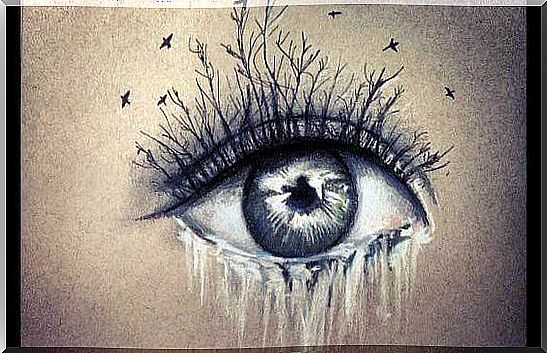
Holding back our tears or looking at crying like an enemy does not make us stronger or better people. We behave simply based on what others will be able to say about us. And at this point we have to ask ourselves, has that person never cried? If they do not have it, something is not working properly.
Crying calms us down, lowers our anxiety levels and makes us breathe better. Tearing tears is an act of being true to our own feelings, and it connects us with others. On top of that, they also help us get rid of bacteria, thus protecting our body. So what’s wrong with them?
“Do not cry, be strong”, when we do not try to acknowledge sadness
If you cry easily, how many times in your life has someone reprimanded you for it? To say that you have to be strong, that crying is for weak people, that you are ridiculous or even worse, that you are childish because of it. Unfortunately, many of us hear this so much that we ourselves have ended up internalizing it. We have become sensors of our own tears.
That said, we can sometimes understand why they say these things to us. Maybe they do not have bad intentions. After all, the words we hear and learn are our whole lives. They are in our repertoire. We share them automatically, without noticing it.
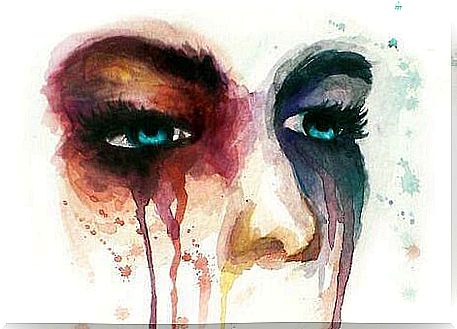
But as I said, these banal sentences are not harmless. The approval and socialization of this message will then be given to new generations who come after us. Children are usually quick to adopt this censorship, as if it were a necessary step towards adolescence and adulthood.
We have a responsibility: to acknowledge sadness and understand the role of all our emotions, regardless of their value. It is about accepting them and letting them breathe so that they can play their healing or motivating role.
On the other hand, it can theoretically be very instructive to separate our emotional part from our logical part. But at the functional level, we can not forget that these processes tend to mix and end up with a completely different whole than just the sum of the parts.
In short, sadness is one of our emotions, and if used well and thoughtfully, it is one of our greatest allies. So do not make it an enemy and try to fight it, because it will give you even more discouragement and suffering.
